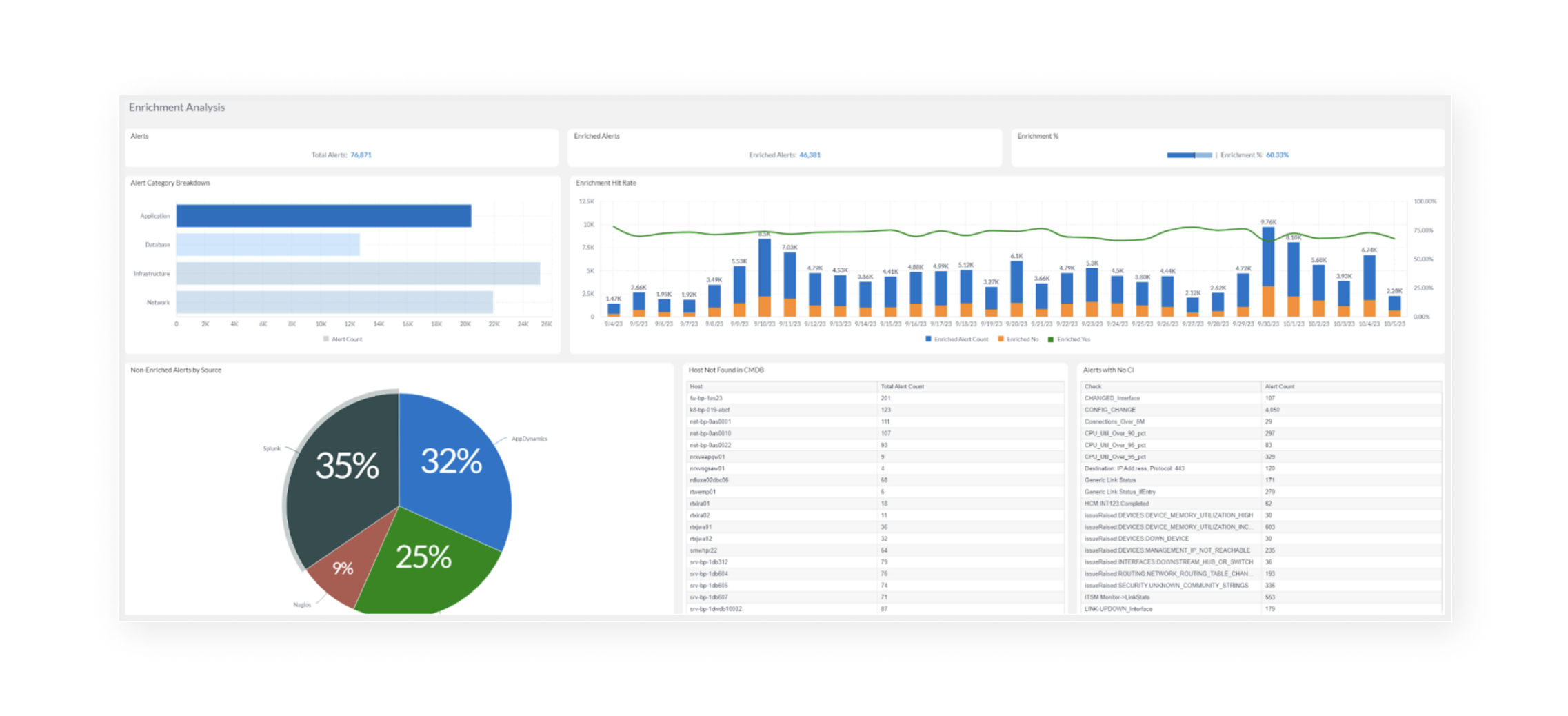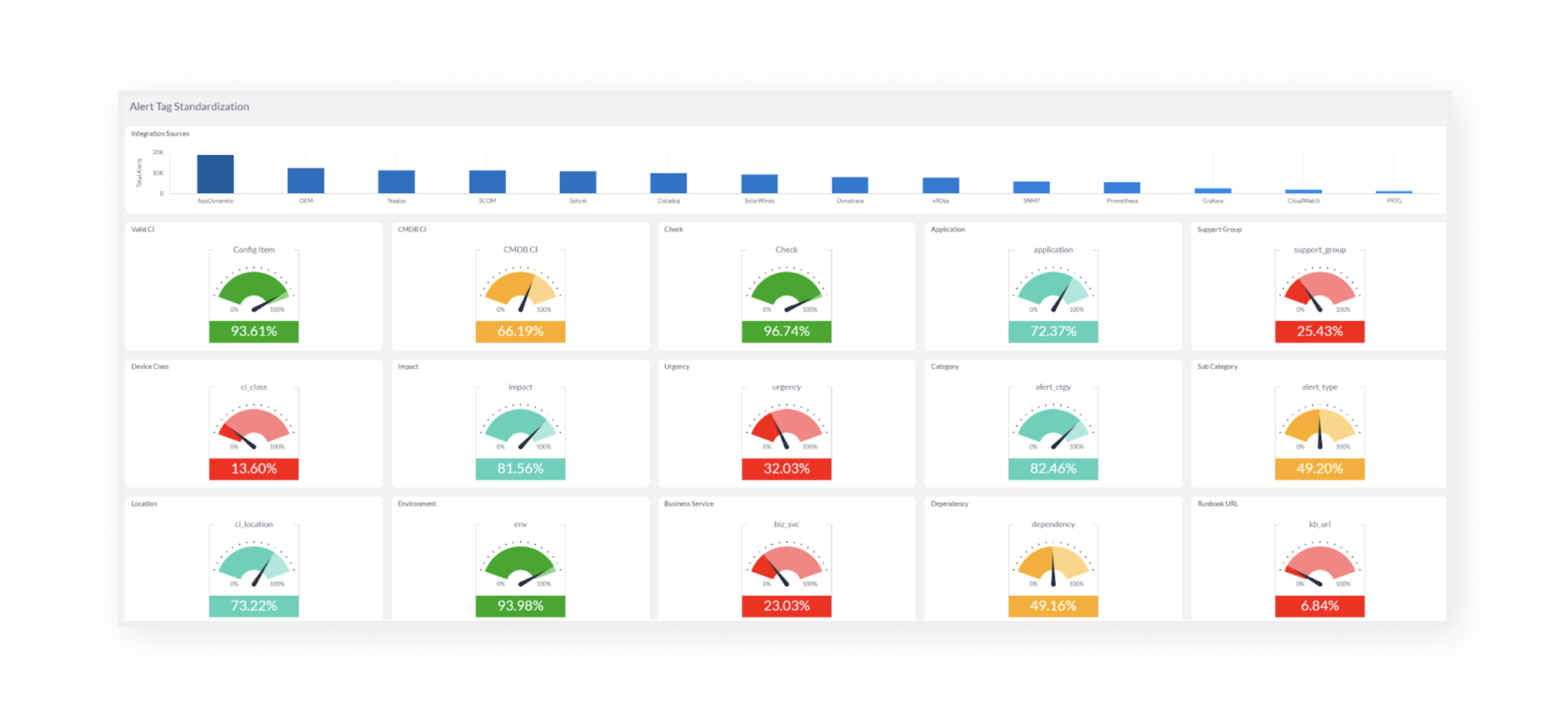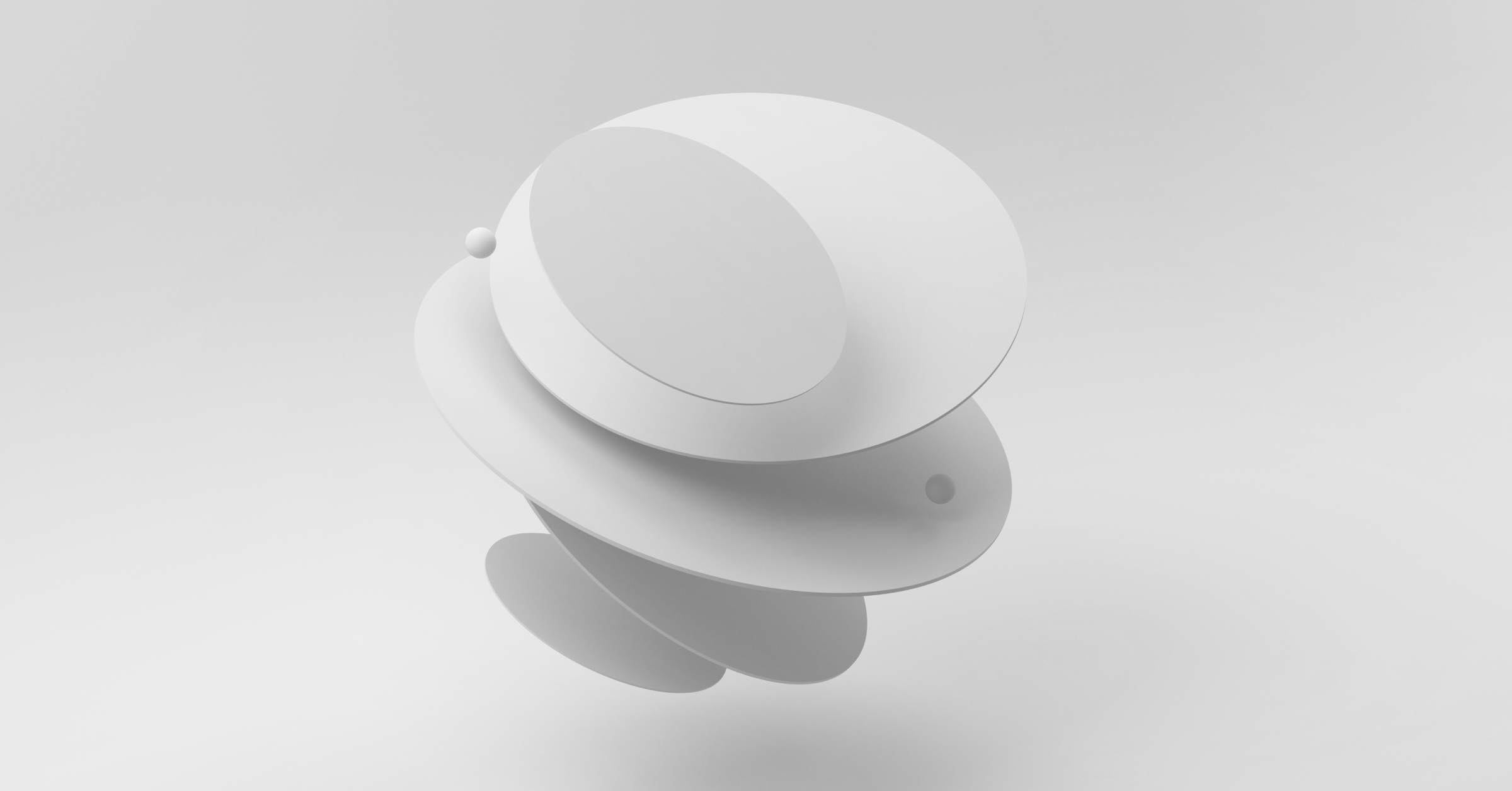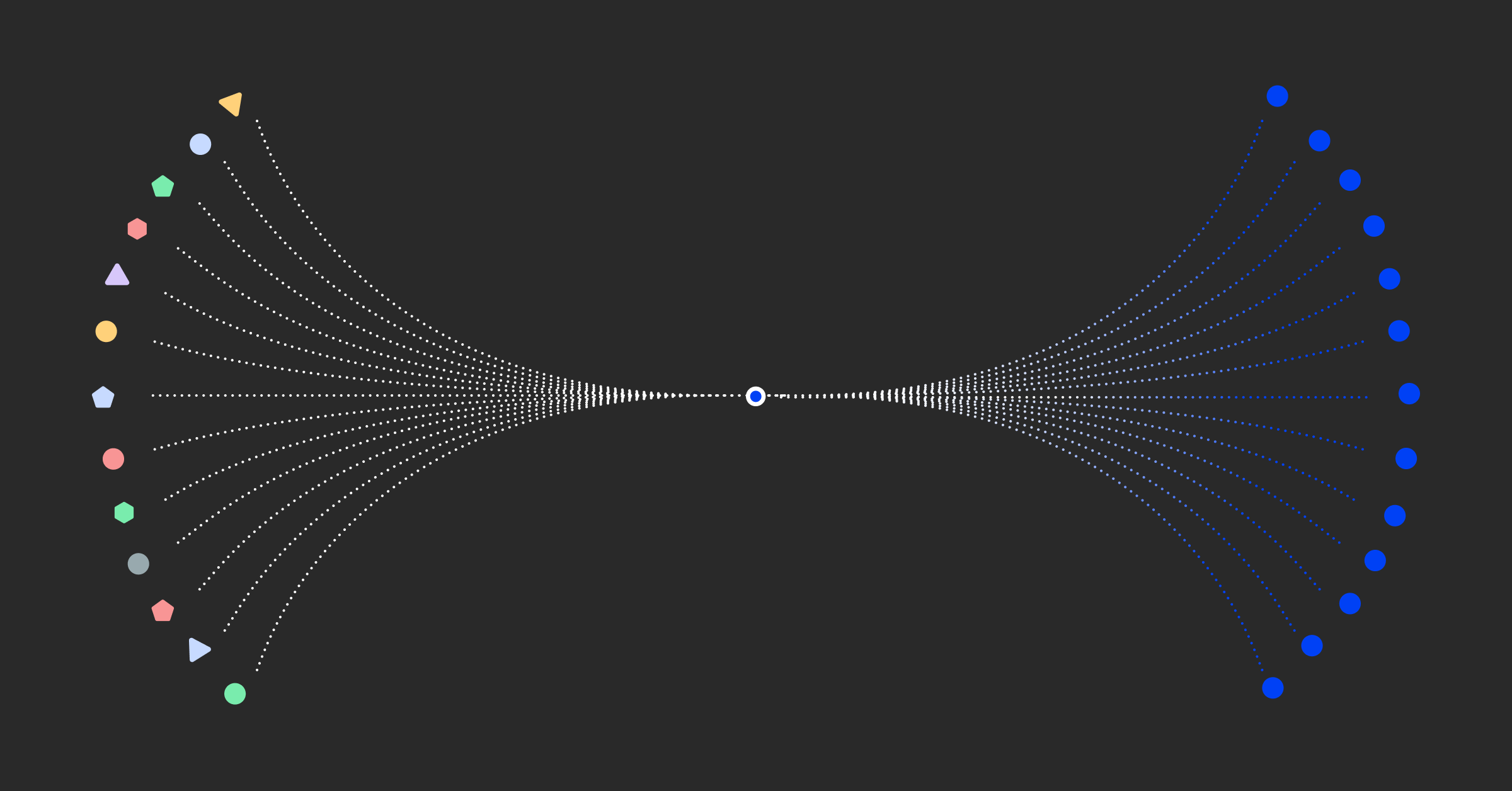How AIOps modernizes CMDBs to drive accuracy and value

Maintaining your Configuration Management Database’s (CMDB) accuracy, keeping it fully updated, and improving its performance is a frustrating and elusive goal for ITOps and IT leaders. Aiming for this ‘golden’ CMDB standard can feel like running on a treadmill where you’re putting in a lot of work, but remain as distant as ever from your goal.
Can IT leaders ever catch up? With hybrid, multi-cloud deployments that are designed to rapidly evolve with the needs of the business, keeping ahead of tech stack visibility with an accurate and central CMDB that isn’t too large and cumbersome can seem daunting.
Analysts note that for many CMDBs, the primary reason they don’t provide the expected business benefits is because of problems with data quality. As the amount of configuration data increases and changes happen more rapidly, this issue becomes even more significant. Relying on outdated information from a CMDB can lead to avoidable disruptions and slow down the recovery of vital services.
There is, however, a solution. And that is AIOps, which makes it possible to get and stay ahead with full CMDB and tech stack visibility. AIOps platforms can ingest raw streaming alert data from observability and monitoring tools, normalize the data, and ingest operational and contextual data from asset and inventory systems as well as topology data from available CMDBs, APM, and orchestration tools. This delivers up-to-date, real-time visibility into your tech stack, while also delivering noise reduction, multi-source alert correlation, and precise incident automation capabilities.
Even if your CMDB practice is unable to keep pace with the speed of change, deploying AIOps can meaningfully improve data quality and accuracy. AIOps lets you implement CMDB best practices to unlock substantial IT performance improvements and business impacts.
Accuracy has always been the only measure of a successful CMDB implementation. Let’s explore how AIOps not only drives accuracy but empowers you to measure the effectiveness of a CMDB in driving better IT Operations outcomes.
Read on to learn:
- What is a CMDB?
- How does a CMDB work?
- It’s time to break the AIOps and CMDBs silos
- How AIOps modernizes CMDBs
- AIOps + CMDB = deeper understanding
- Can your CMDB work with BigPanda?
- Does BigPanda support the ServiceNow CMDB?
- No CMDB? It’s no problem with BigPanda
- Modernize your CMDB with AIOps
What is a CMDB?
A Configuration Management Database (CMDB) is like a comprehensive library that puts all the information about your organization’s applications and devices at your fingertips.
The CMDB should be a single source of truth for all IT service management (ITSM) initiatives. These initiatives can include hardware, software, systems, facilities, and human resources too. A CMDB contains in-depth information about every asset, including its location, history, owner, function, and relationships with other assets.
According to ITIL, CMDBs are required for IT teams to manage the relationships between CIs, maintain asset data, and for IT asset management. Some ITSM platforms like ServiceNow require a CMDB to maintain a comprehensive record of all IT assets and their relationships.
How does a CMDB work?
Your CMDB is the singular location to store data for all IT assets and configuration items (CIs) involved in the delivery of IT services. By tracking this information and being aware of how CIs are connected across infrastructure, IT teams can develop more effective ITSM processes, including change management, incident management, and problem management. This lets them better and more clearly understand how changes or disruptions affect IT services, infrastructure, and business outcomes.
There are many ways that having a CMDB database store details about these components can help IT teams: by preventing outages, reducing mean time to resolve (MTTR), keeping systems in compliance, simplifying the understanding of important service contexts for decisions, improving risk assessment and reporting, and simplifying the tracking of software licenses and IT costs.
However, CMDBs also face challenges with accuracy, multiple data sources, and modernization.
Most ticketing platform vendors even require a CMDB to operate, adding more and more dependencies on the accuracy of the data. This is where AIOps comes in to improve your CMDB and drive greater efficiency.
It’s time to break the AIOps and CMDBs silos
It’s not uncommon for companies to keep their Configuration Management Database (CMDB) and their AIOps-driven observability tools separate. AIOps is typically used to reduce alert noise, identify incidents across the tech stack, and automate incident management workflows. The CMDB keeps information that observability and monitoring tools don’t have, including the geographical location of the asset, ownership, purpose, and priority.
Keeping these two systems separate from each other prevents IT organizations from using quality and accurate data to determine incident impact and understand how to escalate incidents. It’s essential to surface causality when correlating alerts but equally important to understand impact and response. With nearly 85% of incidents coming from change alerts, this disconnect likely affects you more than you think!
How AIOps modernizes CMDBs
While a CMDB database serves as a central hub for data, it’s not necessary for every type of asset information to be exclusively stored there. Using AIOps to bring in this additional asset information eliminates the need to pursue an elusive ‘perfect’ CMDB.
The more information and context provided to an incident, the better. There are several opportunities for this level of data contextualization other than traditional CMDBs, and that is through enrichment.
In the case of BigPanda, we can enrich any correlation of multi-source alerts with context that shows which applications are potentially impacted by an issue with a particular host. Common sources of enrichment include runbooks, knowledge base articles, topology, and even spreadsheets that customers typically create over the years to assist in the manual mapping of applications and infrastructure.
Because BigPanda takes a best-of-breed approach to our integrations, we allow you to pull enrichment information from any tool or location regardless of the tool vendor. A modern AIOps platform is fully capable of handling complex mappings such as multiple applications per host, multiple hosts per application, or nested dependencies. In fact, our customer Autodesk saw a 69% reduction in incidents due in part to our powerful enrichment capabilities.
Gain improvement insights
AIOps gives you access to rich analytics that show you, among other things, the percentage of alerts being enriched, stats on which hosts generate the most enriched alerts, stats on applications and tools generating the most enriched alerts, and more.
This information serves as a structured to-do list for enhancing your CMDB database and other sources of enrichment. Analytics like the ones from BigPanda can even spot areas that need attention when new hosts or elements are introduced without proper enrichment data to give you a clear roadmap to enhance your systems for smoother operations and better service availability.


Image Caption: Enrichment report showing alerts that do not contain CMDB information for the asset in question identifying gaps in CMDB’s
AIOps + CMDB = deeper IT understanding
When you use AIOps with your CMDB software, you unlock a deeper level of insight into your IT environment. AIOps lets you go beyond your foundational CMDB information, like what elements are present in your repository. Instead, by applying AIOps you can go a level deeper and do so in real-time. This becomes a CMDB best practice that gives you a better understanding of how all these many elements relate to one another in dynamic IT environments.
Understand relationships and system dependencies
AIOps may reveal hidden dependencies between different servers or applications. This means you can see which components rely on others to function properly. If one element experiences an issue, you’ll know exactly how it might impact other parts of your system.
Additionally, you can uncover the relationships between various services, users, and hardware components. This is crucial because it helps you form a comprehensive picture of how your entire IT infrastructure operates as a unified system for better incident resolution and also for proactive measures to enhance system resilience.
Trigger workflow automation
AIOps can use data to enrich subsequent alerts and show which applications might be impacted by an issue with a specific host. AIOps can handle complex mappings to make sure the right information gets to the right people, Workflow Automation accelerates incident investigation and resolution by rapidly mobilizing the right teams and experts with automated notifications and ticketing.
Reduce risk with predicted change impact
When combined with historical data in IT service management (ITSM) platforms, AIOps can enhance the CMDB’s historical information from events, incidents, problems, and change records together. This allows teams to use AI-powered predictive analytics to understand the potential impacts of system changes and updates so teams can improve their risk management and take proactive steps before deploying major changes.
Gain system visibility and root cause insights
IT teams need current topologies that capture the relationships between different parts of their IT stack. At the same time, cloud migration and constant application changes make these stacks more complex, rendering traditional ITOps tools ineffective as they rely on outdated CMDB software or incomplete representation of the entire picture.
That’s why AIOps uses topology data from application monitoring tools. This data helps us understand how processes relate to applications and how applications relate to hosts. BigPanda AIOps uses a unified topology to rapidly detect IT incidents, understand their impact, and identify their root cause. With BigPanda, IT teams gain visual, real-time mapping of the topology model across the entire IT stack. They also gain awareness of changes to topology, can see what is likely to fail next based on past information, and have better visibility for improved resolution.
Can your CMDB work with BigPanda?
Wondering if BigPanda can support your CMDB? We support CMDB integrations, including ServiceNow, Thousand Eyes, Solarwinds, and cloud provider integrations with AWS and Azure. This robust compatibility ensures that BigPanda can efficiently analyze and correlate data from these sources, providing a comprehensive view of an organization’s infrastructure and enabling smarter incident management.
And BigPanda doesn’t just work with mature CMDBs. We can also help improve your existing CMDB, no matter its state. BigPanda provides analytics showing which alerts are being enriched and which hosts generate the most alerts. This helps you prioritize efforts to enhance your CMDB.
Does BigPanda support the ServiceNow CMDB?
Yes, we support the ServiceNow CMDB. The ServiceNow CMDB application lets you build a well-organized representation of services, assets, and relationships between them that make up your enterprise’s infrastructure. BigPanda AIOps enhances the performance of the ServiceNow CMDB software by efficiently analyzing and correlating data, providing comprehensive visibility and actionable insights for more effective IT systems management.
No CMDB? It’s no problem with BigPanda
Although CMDB data can help reveal the status of your infrastructure, if your company doesn’t have a CMDB, BigPanda can still provide considerable value. In fact, we have seen compression rates of up to 70% without even using a CMDB.
Modernize your CMDB with AIOps
AIOps can offer a more extensive analytical framework and employ AI-driven data enhancement to greatly enhance the operational performance and efficiency of your CMDB. See for yourself how BigPanda can efficiently analyze and correlate data, providing you with a comprehensive view of your organizational infrastructure for smarter, more effective IT systems management. With AIOps at your side, achieving and maintaining an optimal CMDB standard goes from a distant goal to a tangible reality.



